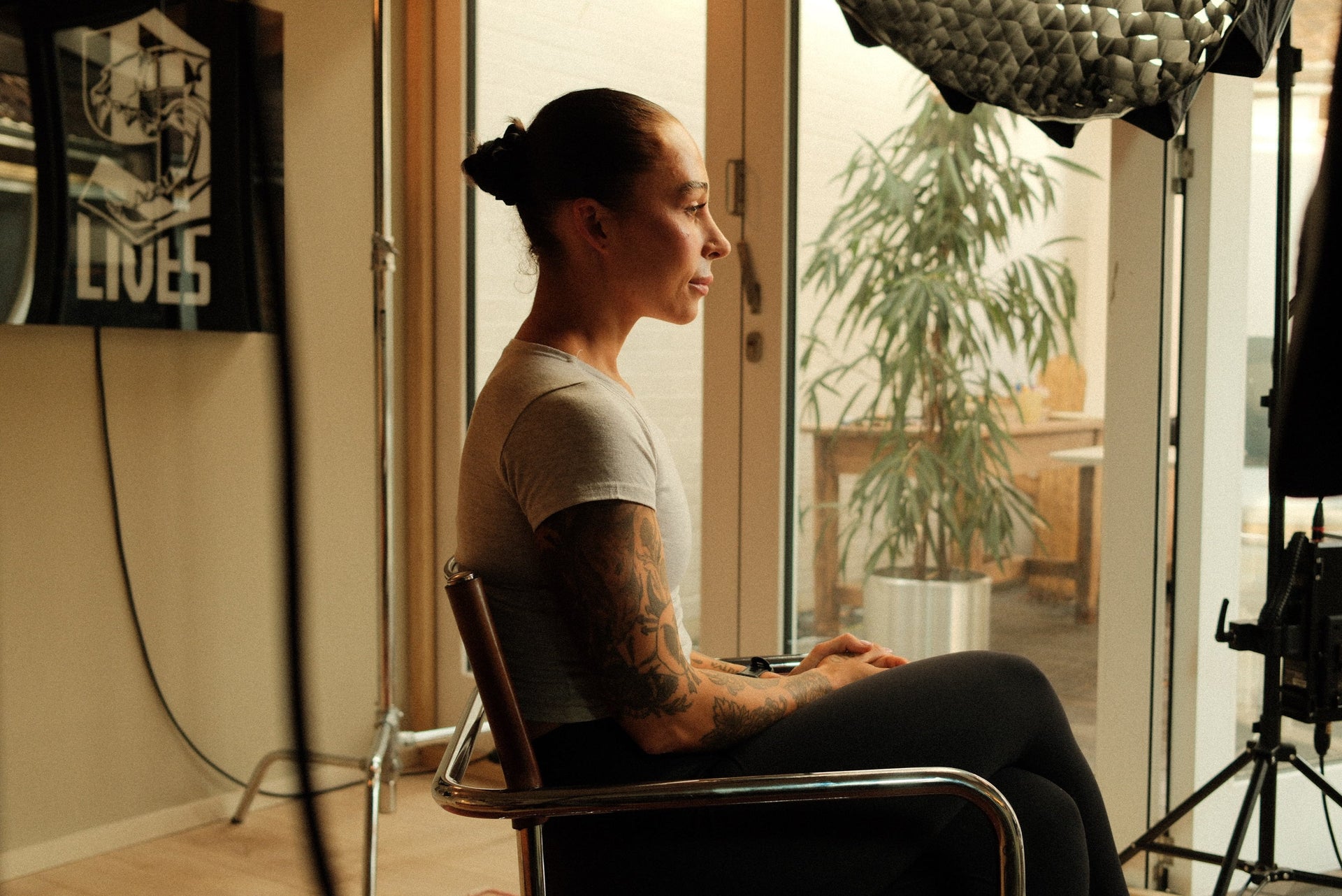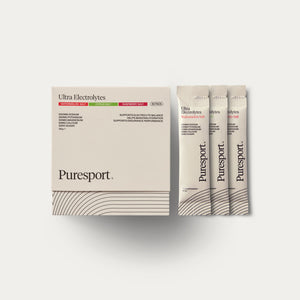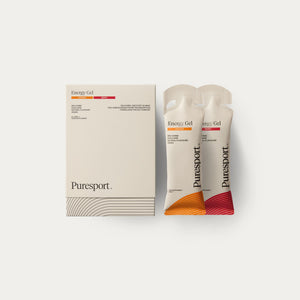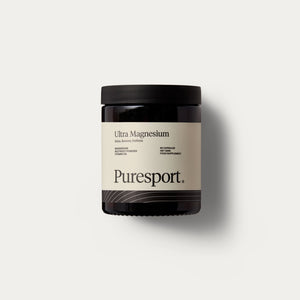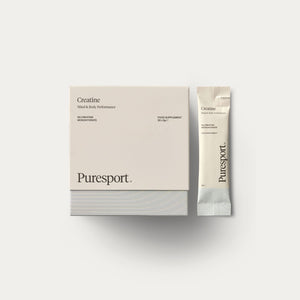Vanilla Ingredient Overview
Vanilla may be one of the world’s most popular ice cream flavours, but there's a lot more to this small and powerful ingredient than ice cream. Have you ever considered vanilla's origins? Where does vanilla extract come from? Is there a good vanilla alternative? We’re going to take a closer look at vanilla an ingredient?
Where Does Vanilla Come From?
Vanilla is a spice that is harvested from orchids, specifically those in the vanilla genus. The most common species of vanilla that is used to produce it is flat-leaved vanilla, which can be found in Mexico. Vanilla was also cultivated by the Aztecs and other mesoamerican cultures before the arrival of European settlers.
The word vanilla comes from Spanish, and it’s the diminutive term of vaina, which means pod. The interesting thing about vanilla is that it can’t be produced unless the orchid is pollinated, and methods to induce artificial pollination were never met with success until 1841.
In 1841, an enslaved 12-year old on Reunion island, Edmond Albius, discovered that the orchids could be pollinated by hand. Hand-pollination allowed for vanilla to be harvested all around the world, and it has led to its considerable popularity in current years. Without this method, it’s likely that vanilla would be confined to its original areas of cultivation.
Where is Vanilla Extract From?
Of course, this doesn’t mean that vanilla can be grown anywhere. So where do you get vanilla extract? There are three main species that are currently grown worldwide, with the region of growth varying based on the species. V. planifolia is the most popular species in the world, and it is grown on Reunion, Madagascar, and Indonesia, with the latter two contributing ⅔ of the world’s production of vanilla.
- tahitensis, as the name would suggest, is grown in Tahiti and other islands in the South Pacific Ocean. Finally, V. Pompona is grown in Central America, South America, and the West Indies. Despite how widespread vanilla is, it’s the world’s second most expensive spice, following saffron.
The high price of vanilla is due to the large amount of labour that is involved in harvesting it, though its powerful flavour means that a large amount of it rarely ever has to be used. Even when vanilla essential oil is used for aromatherapy, it is typically used in small volumes.
Vanilla Benefits
Antioxidant
Cellular oxidative stress is one of the main factors that contributes to both ageing and the development of diseases, and as an antioxidant, vanilla can help combat its effects. Antioxidant vanilla extract health benefits are due to two different compounds that you’ll find in the spice: vanillin and vanillic acid.
This has been proven by a 2020 study that was conducted in test tubes. This study determined that vanillin could protect brain cells from oxidative stress. This was further confirmed by a 2021 study that was conducted on rats and discovered that older rats were protected from liver damage and oxidative damage from ageing.
One thing to consider is that this may not necessarily mean that the regular amounts of vanilla that we consume will be enough to afford us the same level of protection. Scientists have noted that further study needs to be conducted to determine how much vanillin is required to start having an effect.
Vanilla extract benefits for skin largely stem from its antioxidant properties as well, as this helps reduce the prevalence of free radicals in the skin, reducing the amount of ageing damage your skin has sustained. This will cut down on wrinkles, fine lines, and age spots.
Vanilla Essential Oil Benefits
Vanilla essential oil’s benefits haven’t been as well-researched as the effects of oral consumption of vanilla and the compounds that make it up. In the vast majority of cases, the evidence for vanilla essential oil’s benefits is anecdotal, though here are some of the most common claims:
- Reduced blood pressure
- Reduced inflammation
- PMS relief
- Depression relief
Vanilla Extract Calories
Vanilla extract is pretty rich in calories, but the good thing is that it’s typically concentrated to the point that you won’t be having too much of it over the course of a day. Here’s a breakdown of the amount of calories in it based on serving size:
- One teaspoon: 12 calories
- One tablespoon: 38 calories
- 100 grams: 288 calories
- 1 cup: 599 calories
Vanilla Essence vs. Extract
Vanilla extract is concentrated vanilla that is extracted from the plant and rendered down into a liquid. It contains the amount of vanillin that you would expect it to and it provides the same range of health benefits that you’d expect to find in natural vanilla.
Vanilla essence is produced synthetically and it typically doesn’t contain any real vanillin. Since vanillin is responsible for many of vanilla’s health benefits, vanilla essence likely won’t provide many of the same benefits.


